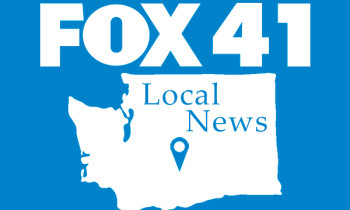
Key Takeaways
A new smartphone tool can quickly and accurately diagnose a strokeThe tool scans a person’s face for subtle signs that signal troubleTests show it is 82% accurate
WEDNESDAY, June 19, 2024 (HealthDay News) — A new smartphone tool could help paramedics identify a stroke in seconds by scanning the patient’s face.
The AI-driven tool analyzes facial symmetry and specific muscle movements to detect subtle signs of stroke, researchers explained.
“One of the key parameters that affects people with stroke is that their facial muscles typically become unilateral, so one side of the face behaves differently from the other side of the face,” said lead researcher Guilherme Camargo de Oliveira, a doctoral student with RMIT University in Melbourne, Australia.
“We’ve got the AI tools and the image-processing tools that can detect whether there is any change in the asymmetry of the smile — that is the key to detection in our case,” de Oliveira added in a university news release.
The tool was 82% accurate in detecting stroke when shown video recordings of 14 patients who’d had a stroke and 11 healthy people, researchers reported in the June issue of the journal Computer Methods and Programs in Biomedicine.
“Our face-screening tool has a success rate for detecting stroke that compares favorably to paramedics,” said senior researcher Dinesh Kumar, a professor with RMIT’s School of Engineering.
“We have developed a simple smartphone tool that paramedics can use to instantly determine whether a patient is post-stroke and then inform the hospital before the ambulance leaves the patient’s house,” Kumar added.
The smartphone tool would not replace the clinical diagnostic tests for stroke used at hospitals, researchers stressed.
However, it could help identify people who need treatment by pinning their symptoms to a possible stroke.
Strokes can occur due to a blocked artery that halts the flow of blood into the brain, or from a burst blood vessel that bleeds into the brain. Symptoms of stroke include confusion, partial or complete loss of movement control, speech impairment and diminished facial expressions.
“Studies indicate that nearly 13% of strokes are missed in emergency departments and at community hospitals, while 65% of patients without a documented neurological examination experience undiagnosed stroke,” Kumar said.
“Many times, the signs are very subtle,” Kumar added. “On top of that, if first responders are working with people who are not their race or gender — most notably women and people of color — it is more likely that the signs will be missed.”
The team next plans to develop the smartphone tool into an app.
They also want to work with health care providers so the app will be able to detect other brain conditions that affect facial expressions.
“We want to be as sensitive and specific as possible,” Kumar said. “We are now working towards an AI tool with additional data and where we are going to be considering other diseases as well.”
More information
The U.S. Centers for Disease Control and Prevention has more about stroke.
SOURCE: RMIT University, news release, June 17, 2024
What This Means For You
An experimental smartphone tool could one day help paramedics quickly diagnose a stroke and start appropriate care.


